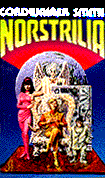51. Read 50 fiction books
8. November 10, 2006. Norstrilia
, by Cordwainer Smith. Steven suggested I read this, and to be fair, it was a bit of an omission in my reading history.
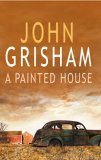
6. A Painted House
, by John Grisham. I admit I'm slightly embarrassed about this one, and also about no. 7, The Last Juror
, by John Grisham. In my defence, I was staying at my Mum's. On the other hand, I did have lots of much more worthy stuff to read which I ignored in favour of these. A Painted House is Grisham's attempt to break away from his gentle rut of courtroom dramas. This story of an Arkansas harvest told, rather unbelievably, from the point of view of a seven-year-old boy, is a clear homage to The Grapes of Wrath, which Grisham has described as the book he was most influenced by. The Last Juror, a tale of murder, juries, and a smalltown newspaper, is much more ordinary Grisham fare. These are both well worth picking up if you're stuck at a rural station with no decent books available.
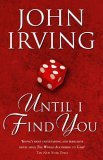
5. Until I Find You
by John Irving. I used to buy all his books in hardback. I particularly loved the way he made every aspect of the plot work together to deliver a highly improbable ending. But gradually I grew more tired of them, and now pick them up in paperback as and when. Having said that, I think it's only fair to say that I started reading this one, and didn't stop until it was done. But I did think about stopping several times; I am old now, and tired of Irving's obsessions. Too much of this novel is a tour through the bizarre; in some ways it reminds me of those fantasy novels with an overelaborate map, with tattoo shops, cathedrals and cheap movie sets forming the improbable locations where plot tokens are found and redeemed.
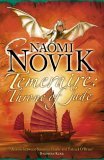
4. Temeraire: Throne of Jade
, by Naomi Novik. When I first heard of these I was in awe. Intelligent dragons, complete with McCaffrey-style impressing, in the time of the Napoleonic wars. Sea battles with dragons! I assumed that Novik had struck a massive seam of cash, even before reading them. But then I read the first chapter of the first book online and very much enjoyed it, so I 've bought both the first two in hardback. Plus the dragon is called Temeraire. These aren't wildly overblown fantasies that drift on for 600 pages without plot development. They rattle on, and are the perfect reading for summer holidays. And of course, Temeraire is a great name for a naval dragon.
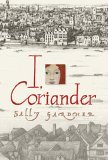
3. I, Coriander
, by Sally Gardner. A first novel, and you will know the basic model for the plot as soon as you discover that the protagonist's parents are called Thomas and Eleanor. Gardner deftly moves from historical fiction to faerie; obviously this invites comparison with Susanna Clarke (it's very different). As teen novels go, it rather demands clever readers. There's a historical note at the end for those not familiar with the Commonwealth, but none for those not familiar with faerie. Marianne took this into school, where her teacher fell on it with glee and is reading it out loud to the class.
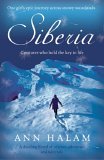
2. Siberia
, Ann Halam. Challenging and ambitious sf. I don't know if it's a failing in me that I prefer Ann Halam to Gwyneth Jones. I bought it for Marianne but read it myself.

1. The Sisters of the Quantock Hills
, by Ruth Elwin Harris. This is actually four books, but I don't think it would be right to count them as 4, because I've read 3 of them before, and because they're children's books.
